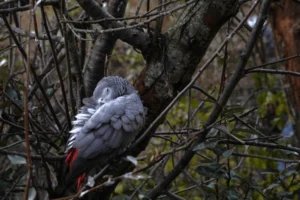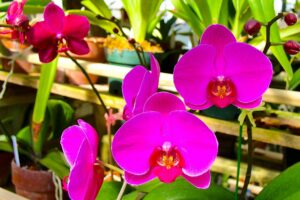Plants are often considered silent, passive organisms. Yet, there is growing scientific interest in how sound—especially music—might influence their growth and development. Could playing the right tunes help your garden flourish? This article explores the fascinating connection between music and plant growth, diving into what science reveals and how you might apply it at home or in agriculture.
What Is the Link Between Music and Plant Growth?
The idea that plants respond to music isn’t new. Since the 1970s, researchers have experimented with exposing plants to various sound frequencies to observe any changes in growth patterns. The premise is that sound waves, which are vibrations traveling through air or other media, can stimulate physical and biochemical processes in plants.
When we talk about “music and plant growth,” we’re referring to how different genres, tempos, and volumes of music affect plant physiology. For example, classical music has often been associated with positive effects, while louder, harsher sounds may hinder development.
How Do Plants “Hear” Music?
Plants lack ears, but they are sensitive to vibrations. Specialized mechanoreceptors on plant cells can detect external mechanical stimuli, including sound waves. These vibrations may activate signaling pathways within plants, influencing processes like hormone production, enzyme activity, and gene expression.
According to research published on the National Center for Biotechnology Information (NCBI) database, sound waves can modulate plant metabolism, potentially enhancing nutrient uptake and growth speed (source).
Scientific Experiments on Music and Plant Growth
Several studies have demonstrated measurable differences in plants exposed to music. For instance, a 2016 experiment showed that tomato plants exposed to classical music grew taller and produced more fruit than those in silence or exposed to rock music.
Similarly, researchers at Delhi University found that certain sound frequencies (around 1000 Hz) could stimulate seed germination and accelerate growth in rice and wheat crops. These findings highlight how “music and plant growth” isn’t just folklore but has scientific backing.
Which Types of Music Work Best?
When considering music and plant growth, classical music tends to be the most beneficial. The soothing harmonies and steady rhythms seem to create an environment that promotes healthy plant development. In contrast, loud or dissonant music genres such as heavy metal or rock may stress plants, reducing growth rates.
That said, the optimal sound frequency and volume are still subjects of ongoing research. Some scientists argue that it is not the musical genre per se but the vibration frequency and its intensity that influence plant responses.
Practical Applications: Using Music for Gardening and Agriculture
If you’re curious about applying music to improve your plants’ health, consider these tips:
-
Play classical music or instrumental tunes softly near your plants.
-
Avoid excessively loud volumes that could cause stress.
-
Experiment with sound frequencies in the 500-1000 Hz range, as studies suggest these may be most effective.
-
Use music as a complementary approach alongside proper watering, sunlight, and soil care.
Farmers in some parts of the world have begun integrating sound technology to enhance crop yields, demonstrating real-world benefits of understanding “music and plant growth.”
The Science Behind It: How Vibrations Stimulate Plants
At a cellular level, sound waves can cause micro-vibrations in plant tissues, influencing ion channels and cell membrane permeability. This can lead to increased absorption of nutrients and better photosynthetic efficiency.
Moreover, vibrations might enhance the production of auxins, the plant hormones responsible for cell elongation and root growth. Research published by the University of California Botany Department outlines how mechanical stimuli, including sound, trigger biochemical cascades leading to improved plant vigor (source).
Challenges and Skepticism
While promising, the field is still emerging. Many studies have small sample sizes, and results sometimes vary due to plant species, environment, and experimental setup. Critics caution against overestimating the effects of music, urging more rigorous trials.
Nonetheless, the intersection of botany and acoustic science remains a fertile ground for discovery.
Frequently Asked Questions (FAQ)
Q1: Can all plants respond to music?
Most plants have mechanoreceptors sensitive to vibrations, but responses can vary by species and the type of music or sound frequency applied.
Q2: What kind of music is best for plants?
Classical or instrumental music with moderate volume and steady rhythms is generally most beneficial, though specific frequencies might be more important.
Q3: Does loud music harm plants?
Loud, harsh music can create stress responses in plants, potentially inhibiting growth rather than promoting it.
Q4: How often should I play music for my plants?
Playing music for a few hours daily during the daytime can be effective, but consistency and moderation are key.
Q5: Is the effect of music on plants scientifically proven?
Yes, several peer-reviewed studies support the positive influence of certain sound frequencies on plant growth, but more research is needed for conclusive evidence.
Q6: Can music replace traditional plant care?
No. Music should complement, not replace, essential factors like watering, soil quality, and sunlight.
If you’re interested in the science behind plant growth and external influences, organizations like the Royal Botanic Gardens, Kew offer rich resources. For deeper dives into plant biophysics, the American Society of Plant Biologists is another excellent source.







